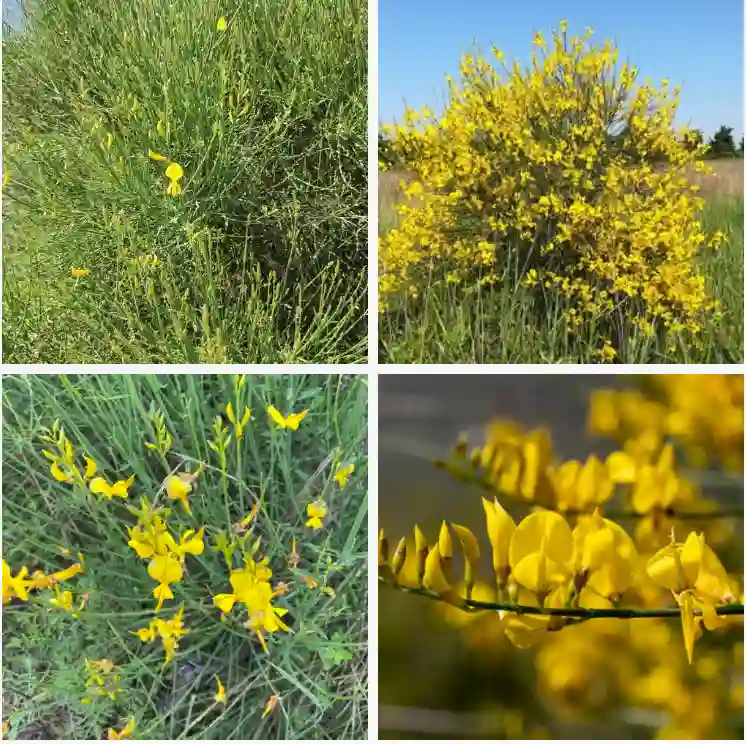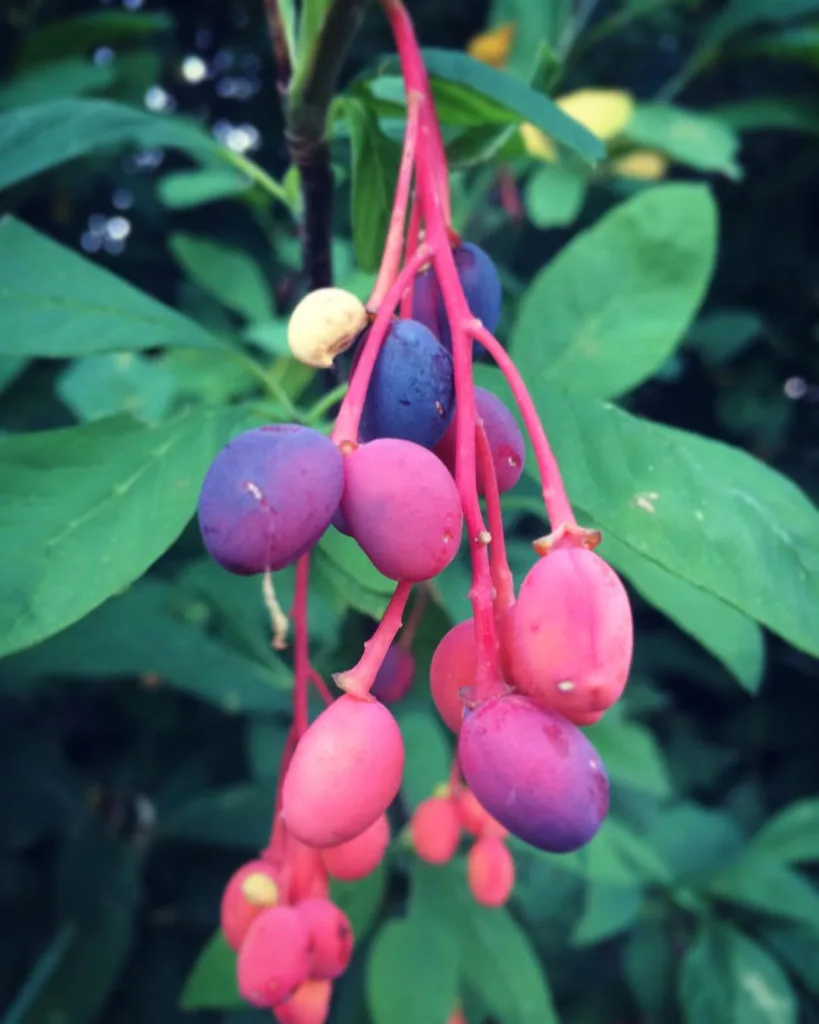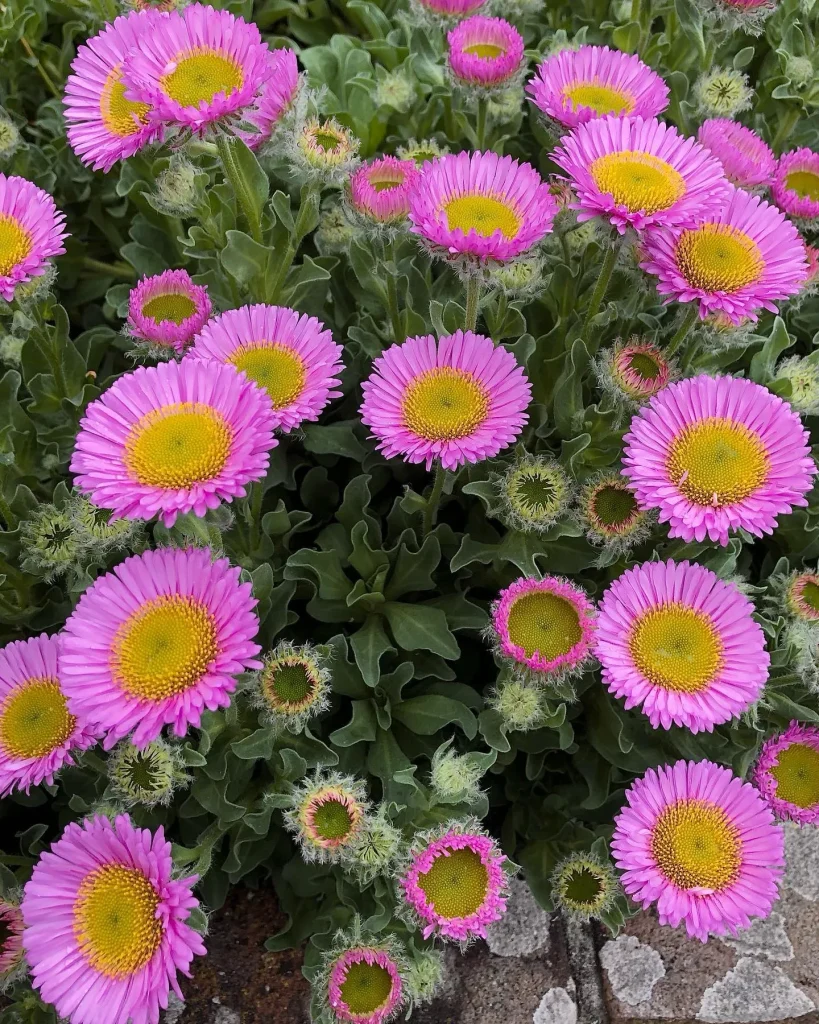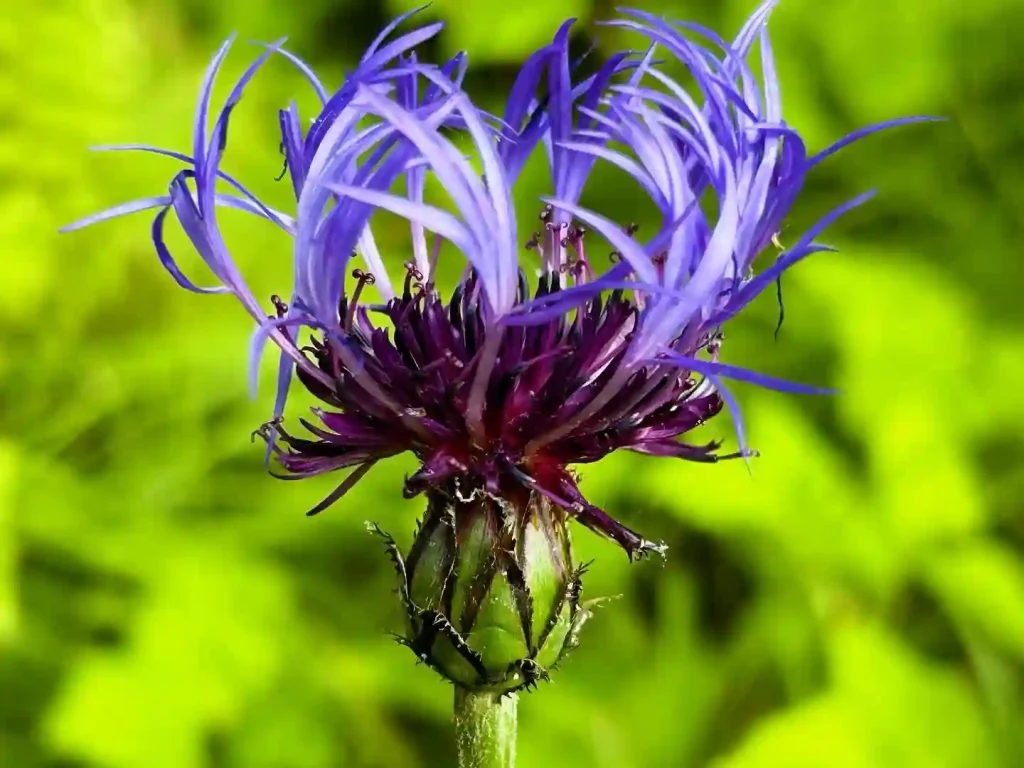What is Hoya Pauciflora?
I’m Ferb Vu, and for any houseplant enthusiast, the Hoya Pauciflora is a captivating specimen. This climbing vine, with its lush foliage and fragrant blooms, is a true conversation starter. But like any finicky beauty, it has its own set of needs. Let’s delve into the world of Hoya Pauciflora, answering your burning questions and making sure yours thrives.
566 Species in Genus Hoya
Light: The Key to Unlocking Blooms
Unlike some shade-loving Hoyas, Hoya Pauciflora craves bright, indirect sunlight. Think dappled light filtering through a sheer curtain – perfect. This light fuels its growth and, more importantly, flower production. Too much direct sun can scorch the leaves, so avoid south-facing windows. North-facing windows might require a gentle nudge with a grow light to encourage blooms.
Comparison Corner: Light Preference
- Hoya Carnosa (Heart-Leaf Hoya): This popular Hoya tolerates lower light levels compared to Hoya Pauciflora.
- Hoya Kerrii (Sweetheart Hoya): Similar to Hoya Carnosa, it thrives in bright, indirect light but can handle some direct sun in the morning.
Pro Tip: Rotate your Hoya Pauciflora regularly to ensure even growth and prevent it from leaning towards the light source.
Watering: Finding the Perfect Balance
Here’s the golden rule – underwatering is better than overwatering for Hoya Pauciflora. Aim to water when the top inch of soil feels dry to the touch. In the winter months, you can water even less frequently. Remember, these plants store water in their fleshy leaves, so they can tolerate periods of dryness.
Overwatering Alert Signs: Wilting leaves, mushy stems, and a foul odor from the soil are all signs of overwatering. Act fast – remove the plant from the pot, trim off any rotten roots, and repot in fresh, well-draining soil.
Comparison Corner: Watering Needs
- Hoya Shepherdii (Shepherd’s Hoya): Similar to Hoya Pauciflora, it prefers to dry out slightly between waterings.
- Hoya Australis (Krimson Princess): This Hoya can handle slightly more moisture than Hoya Pauciflora.
Pro Tip: Use room-temperature water for watering. Cold water can shock the roots.
Soil: The Foundation for Growth
Hoya Pauciflora needs well-draining soil to prevent root rot. A good mix would be a combination of potting mix, perlite, and orchid bark. This airy concoction allows for proper drainage and aeration, mimicking the plant’s natural habitat.
Comparison Corner: Soil Preference
Most Hoyas, including Hoya Carnosa and Hoya Kerrii, appreciate a well-draining potting mix. However, some Hoyas, like Hoya Retusa (Miniature Hoya), might benefit from a slightly richer soil mix.
Pro Tip: Terracotta pots are ideal for Hoya Pauciflora because they allow for better airflow and prevent the roots from sitting in water.
Fertilizing: A Gentle Boost
While not strictly necessary, a balanced fertilizer can give your Hoya Pauciflora a little extra oomph, especially during the growing season (spring and summer). A diluted solution of a balanced fertilizer applied once a month is sufficient. Avoid over-fertilizing, as this can lead to salt buildup in the soil, damaging the roots.
Comparison Corner: Fertilizing Needs
Most Hoyas benefit from light fertilization during their active growth period. However, some slow-growing Hoyas, like Hoya Mathilde (Splash Hoya), might not need fertilizing as often.
Pro Tip: Always follow the instructions on the fertilizer package and dilute it accordingly.
Patience is Key: Witnessing the Blooms
Hoya Pauciflora is a slow-growing vine, and flowering might take some time, especially for younger plants. But with proper care and the right light conditions, those beautiful clusters of white or pink flowers with a sweet, honey-like fragrance will eventually appear.
Comparison Corner: Flowering Habits
- Hoya Pubicalyx (Silver Dollar Hoya): This Hoya is known for its prolific blooming, making it a good choice for those who crave frequent flowers.
- Hoya Obscura (Hindu Rope Hoya): This slow-growing Hoya can take years to flower, requiring ideal conditions and mature growth.
Pro Tip: Don’t be tempted to cut off flower buds in the hope of encouraging more blooms. Let the plant flower naturally, and enjoy the sweet reward for your patience.
Pruning and Training: Shaping Your Hoya Pauciflora
Hoya Pauciflora is a natural climber, and with a little guidance, you can train it to climb a trellis, moss pole, or hoop. This not only adds a vertical element to your indoor space but also encourages bushier growth and more blooms.
For pruning, here’s what to keep in mind:
- Pruning for Aesthetics: You can trim leggy vines to maintain a desired shape. Pruning also encourages branching, leading to a fuller plant.
- Pruning for Propagation: Cuttings taken during pruning can be used to propagate new Hoya Pauciflora plants.
Pro Tip: When pruning, use sterilized pruning shears to prevent the spread of disease.
Comparison Corner: Pruning Needs
Most Hoyas benefit from occasional pruning to control size and encourage branching. However, some compact Hoyas, like Hoya Retusa, might not require much pruning at all.
Common Pests and Problems: Keeping Your Hoya Healthy
While generally pest-resistant, Hoya Pauciflora can be susceptible to mealybugs and scale. Regularly inspect your plant for these tiny sap-sucking insects. If you spot them, treat them with neem oil or insecticidal soap.
Here are some other potential problems to watch out for:
- Yellowing Leaves: This could be a sign of overwatering, underwatering, or lack of light. Adjust your watering schedule or move the plant to a brighter location.
- Leaf Drop: Sudden leaf drop can be caused by stress, such as repotting or drastic changes in temperature. Ensure proper care and avoid stressing the plant unnecessarily.
Comparison Corner: Common Pests
Most Hoyas are susceptible to mealybugs and scale. However, some Hoyas with fuzzy or waxy leaves, like Hoya Pubicalyx, might be less prone to these pests due to the physical barrier.
Pro Tip: Maintaining good air circulation around your Hoya Pauciflora can help prevent pest infestations and fungal diseases.
Conclusion: The Allure of Hoya Pauciflora
The Hoya Pauciflora might take a little extra TLC compared to some houseplants, but its delicate beauty and rewarding blooms make it a worthwhile addition to any collection. With the knowledge you’ve gained here, you can provide the perfect environment for your Hoya Pauciflora to flourish, transforming your home into a fragrant haven. Remember, the key is to mimic its natural habitat – bright, indirect light, well-draining soil, and occasional watering. With a little patience and these handy tips, you’ll be well on your way to cultivating a thriving Hoya Pauciflora that will bring you joy for years to come.
If i die, water my plants!



